Coveralls are a type of protective clothing designed to cover the entire body, from the neck to the ankles, providing a barrier against various environmental hazards. They are used in a wide range of industries and applications. Here?s a comprehensive description of coveralls:
Features of Coveralls:
Full Coverage: Coveralls cover the body from the shoulders to the feet, providing complete coverage. They typically include long sleeves and full-length pants with a front zipper or button closure.
Materials: Coveralls are made from a variety of materials depending on their intended use:
Cotton: Common in general work environments for comfort and breathability.
Polyester: Often used for durability and resistance to wear and tear.
Nylon: Lightweight and resistant to water and stains.
Flame-Resistant Fabrics: Used in environments where there is a risk of fire or high heat.
Chemical-Resistant Materials: Designed to protect against hazardous chemicals and substances.
Design Features:
Zippers/Buttons: Front closures are usually zippered or buttoned for ease of putting on and taking off.
Pockets: Multiple pockets for carrying tools, pens, and other small items are common.
Adjustable Elements: Features like adjustable cuffs, waistbands, and hoods for a customizable fit.
Reinforced Areas: Some coveralls have reinforced knees, elbows, and seat areas for added durability.
Comfort and Mobility: Many coveralls are designed for comfort and ease of movement. Features like adjustable waistbands, flexible materials, and ergonomic cuts help ensure the wearer can move freely.
Breathability and Ventilation: Some coveralls include ventilation features, such as mesh panels or zippered vents, to improve airflow and reduce heat buildup.
Reflective Elements: In certain work environments, coveralls may include reflective strips or patches for enhanced visibility in low-light conditions.
Types of Coveralls:
General Work Coveralls: For everyday tasks in industries like construction, automotive, and manufacturing. Typically made from durable fabrics like cotton or polyester.
Flame-Resistant Coveralls: Designed for environments with fire hazards, such as oil and gas industries. Made from materials that resist ignition and withstand high temperatures.
Chemical-Resistant Coveralls: Used in environments where exposure to hazardous chemicals is a risk. Made from materials like PVC or Tyvek for protection against spills and splashes.
Medical and Lab Coveralls: Worn in medical and laboratory settings to protect against biological or chemical hazards. Often made from disposable materials.
Protective Coveralls for Hazmat: Used for handling hazardous materials. Designed for high levels of protection against toxic substances.
Uses of Coveralls:
Industrial Work: Protects workers in construction, manufacturing, and mechanical fields from dirt, debris, and minor chemical exposure.
Emergency Services: Used by firefighters, paramedics, and other emergency personnel for protection and visibility.
Medical and Laboratory Work: Provides a barrier against contaminants and hazardous substances in medical and scientific environments.
Hazardous Materials Handling: Protects individuals from chemical spills, biological agents, and other dangerous substances.
Outdoor Activities: Sometimes worn by individuals in outdoor activities to protect against environmental elements.
Regulations and Standards:
Coveralls must often meet specific standards and regulations based on their intended use:
ANSI/ISEA 101: For general visibility.
NFPA 2112: For flame-resistant clothing.
EN 14126: For protective clothing against infectious agents.
OSHA Regulations: For workplace safety and health standards.

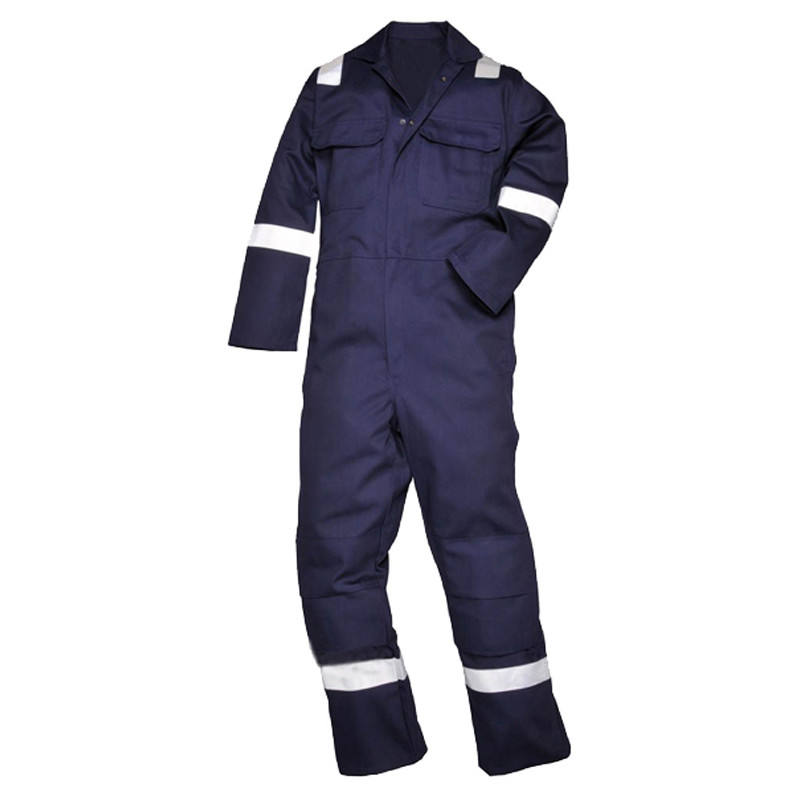
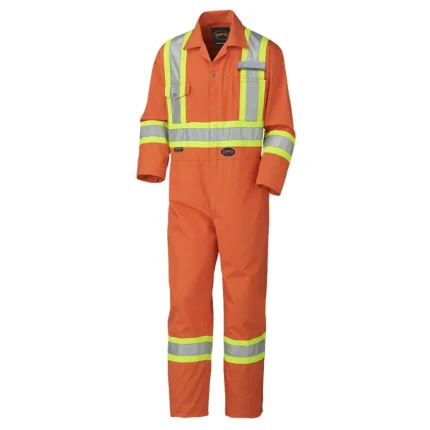
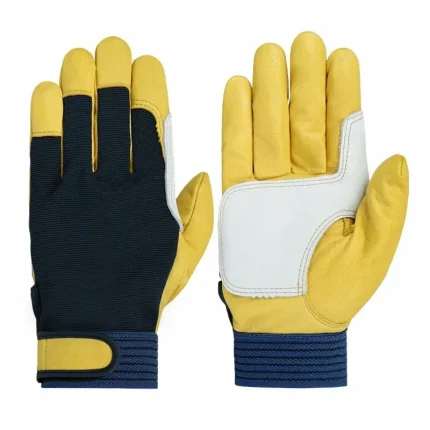
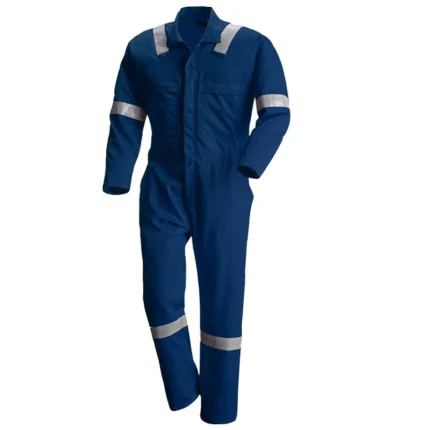
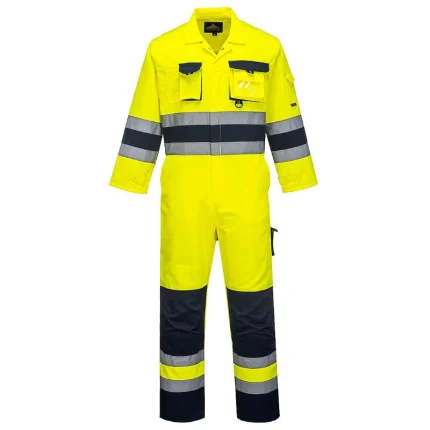
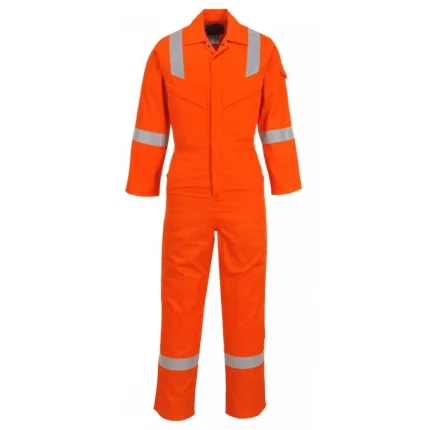
Reviews
There are no reviews yet.